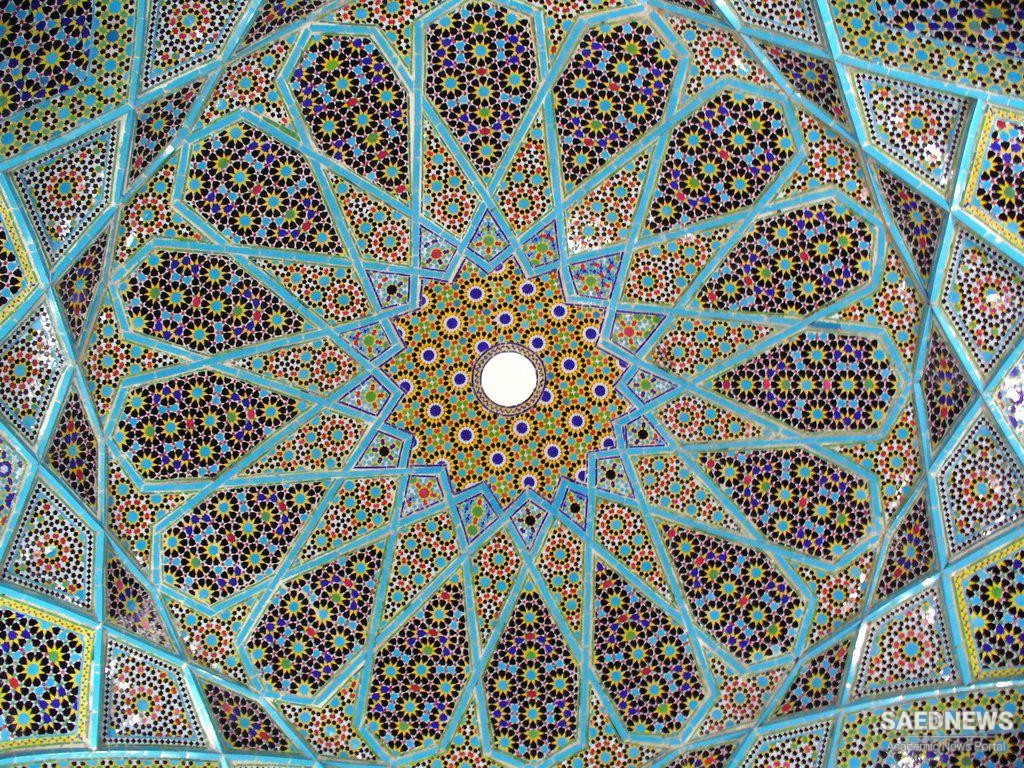If the term “normative system” is a valid characterization, this implies that the Persian literary tradition is not just a construct of modern scholarship but that it was already an entity in the minds of its participants. There is a problem here, however: the concept of “literature” has no equivalent in the terminology used by traditional Persian scholars. The word adabiyyat, which denotes “literature” in modern Persian usage, is a neologism coined by Turkish modernists in the 19th century and subsequently adopted by other languages of the world of Islam.1 Traditionally, the notion of embellished speech was essentially linked to poetry, for which a proper appellation was currently used, and even when it could be applied to prose works, it was because the style of these texts had certain poetic qualities, for instance by the insertion of rhythmic and rhyming phrases (saj’) or of short poems. The Golestân (Rose garden) by Sa’di (d. 1292) is the most celebrated example of the poeticizing of the classical Persian prose style, which set a standard for the centuries that followed. The same emphasis on poetry is also noticeable in Persian literary scholarship. The system so tenaciously adhered to until quite recently was not a creatio ex nihilo. The first Persian writers and poets were very conscious that they continued the Arabic literary tradition, which by the end of the 9th century had already reached its mature growth, including sophisticated philological methods and authoritative works of literary criticism. However, even if full credit is given to this Arabic legacy, it is still an astonishing fact that those elements in the Persian tradition that eventually became its most distinctive features were already present at a very early date. The fundamental system of literary conventions seems to have been established quite soon and to have acquired a firm grip on the actual writing of Persian poetry. It appears, for instance, that the prosodic rules followed by the first Persian poets were not very different from those employed by later generations. The convention of writing “responses” (javabs) or “similitudes” (nazires), i.e., compositions emulating successful works by preceding authors, helped to provide the tradition with strong coherence and gave classical Persian literature its conservative outlook in which very little seems to have changed for more than a millennium.


 Classical Persian Literature: Origins and Orientation
Classical Persian Literature: Origins and Orientation














































